Cooking is more than just transforming raw ingredients into delicious meals—it’s a process that can either preserve or destroy vital nutrients depending on how it’s done. While most people assume that heating food makes it more digestible and flavorful, the reality is more nuanced. Certain methods, such as boiling, over-frying, or microwaving without care, can strip away the very elements that make these foods healthy in the first place.
Nutrient loss during cooking is often subtle and unnoticed, yet its impact can be significant over time. Vitamins like C and B-complex are especially vulnerable to heat, water, and oxygen. Minerals, too, can be leached out during boiling or degraded under prolonged high temperatures. This means that even the most well-intentioned healthy meals can be nutritionally compromised if the wrong methods are used. Luckily, small adjustments in technique—like opting for steaming over boiling—can make a world of difference.
This guide explores twelve nutrient-rich foods that are especially sensitive to cooking practices. Each one has its own strengths and vulnerabilities, and learning how to handle them properly can preserve their nutritional value while still delivering flavor and texture. Through mindful preparation, you can enjoy both the health benefits and the culinary pleasures of these common ingredients.
1. Broccoli
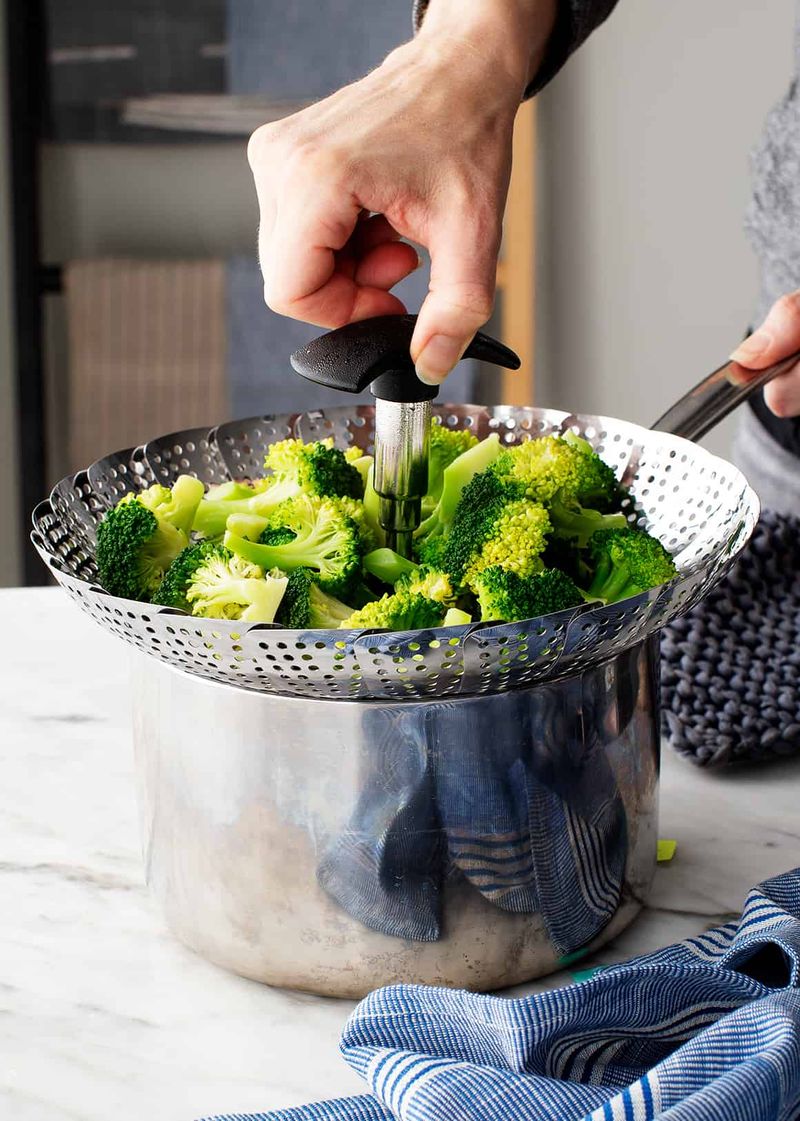
Steaming rather than boiling is the best way to keep broccoli’s nutritional integrity intact. When immersed in water and subjected to high heat, the vegetable loses a significant amount of its vitamin C and glucosinolates—compounds known for cancer-fighting properties. Notably, boiling can reduce these by more than 50%, making it one of the least favorable cooking methods for this green. Raw broccoli contains the highest levels of sulforaphane, an important antioxidant, but it can be hard to digest for some people. Using gentle steam softens the texture without sacrificing its benefits. The vibrant green color that emerges is a sign that chlorophyll remains largely preserved. With the right preparation, broccoli remains a nutritional powerhouse on your plate.
2. Spinach
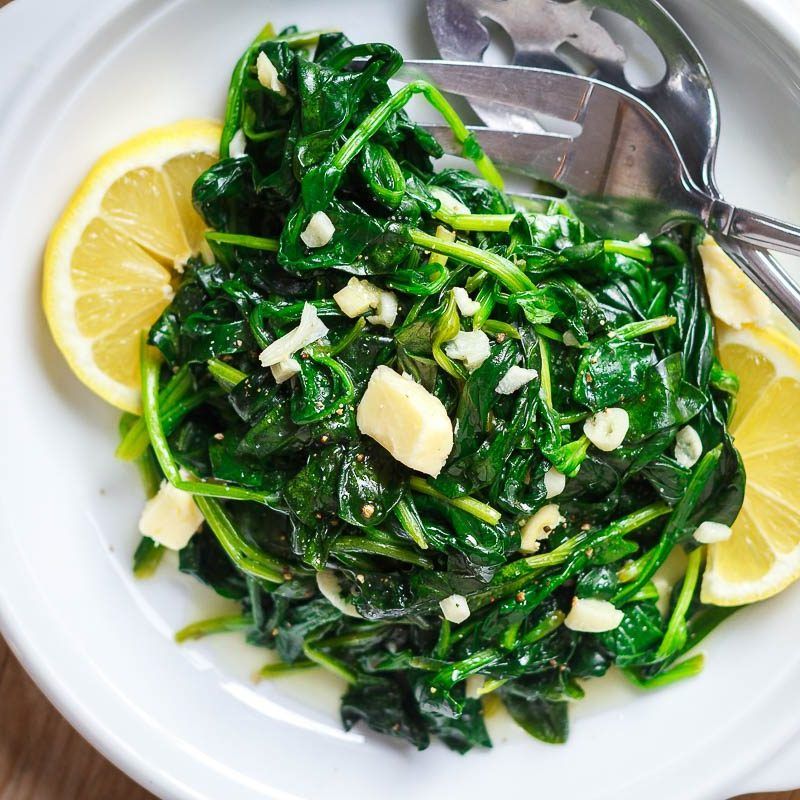
Unassuming in appearance, spinach suffers major folate and vitamin C losses when cooked with too much heat or water. Boiling it causes a dramatic drop in water-soluble vitamins—often more than half of its original content. Choosing to lightly sauté or microwave the leaves can retain more nutrients while still offering a tender texture. In fact, microwave cooking for short bursts with minimal water has shown better nutrient retention than traditional boiling. Though raw spinach boasts maximum folate, cooking can improve the absorption of certain minerals like iron. It’s a balancing act between preserving vitamins and unlocking minerals. Whichever method is used, shorter cook times are always preferable.
3. Garlic
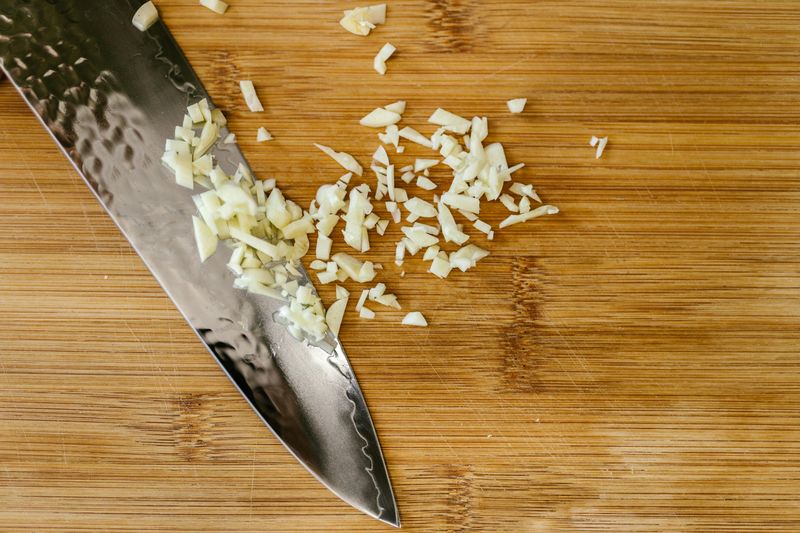
Once chopped, garlic needs time to rest before cooking to fully develop allicin, its most potent bioactive compound. This sulfur-rich molecule contributes to garlic’s distinctive aroma and health benefits, including antimicrobial and heart-protective effects. Heat, unfortunately, destroys allicin rapidly if the clove is cooked immediately after being chopped or crushed. Allowing the garlic to sit for at least 10 minutes gives enzymes a chance to work their magic and stabilize allicin before it hits the pan. Even then, only gentle sautéing should be used to avoid total degradation. Roasting brings out sweetness but drastically reduces therapeutic compounds. Timing and temperature are key to getting the most out of this pungent bulb.
4. Tomatoes

Despite popular belief, cooking tomatoes isn’t all bad—it’s a tale of trade-offs. Lycopene, a powerful antioxidant that supports heart health and skin protection, becomes more bioavailable after cooking. However, vitamin C takes a hit during that same process, with losses increasing the longer and hotter the tomatoes are exposed. The best approach is diversity—consume tomatoes both raw and cooked to balance nutrient intake. While fresh tomatoes are excellent for hydration and vitamin C, simmered sauces and soups offer better lycopene availability. Techniques like roasting or light simmering strike a middle ground, retaining flavor and maximizing antioxidants. The key is avoiding overcooking or excessive water use.
5. Carrots

It may surprise some that carrots—often thought hardy—can lose valuable nutrients when handled improperly. Polyphenols and vitamin C are vulnerable to boiling, with the latter especially sensitive to water and heat exposure. Slicing them before boiling exacerbates nutrient leaching, as more surface area contacts the water. On the other hand, steaming or roasting preserves more of their health-supporting compounds while enhancing natural sweetness. Light sautéing is also a viable option if kept under control. Interestingly, cooking does boost the bioavailability of beta-carotene, their signature antioxidant. By adjusting how carrots are prepared, it’s possible to boost both taste and nutrition.
6. Bell Peppers
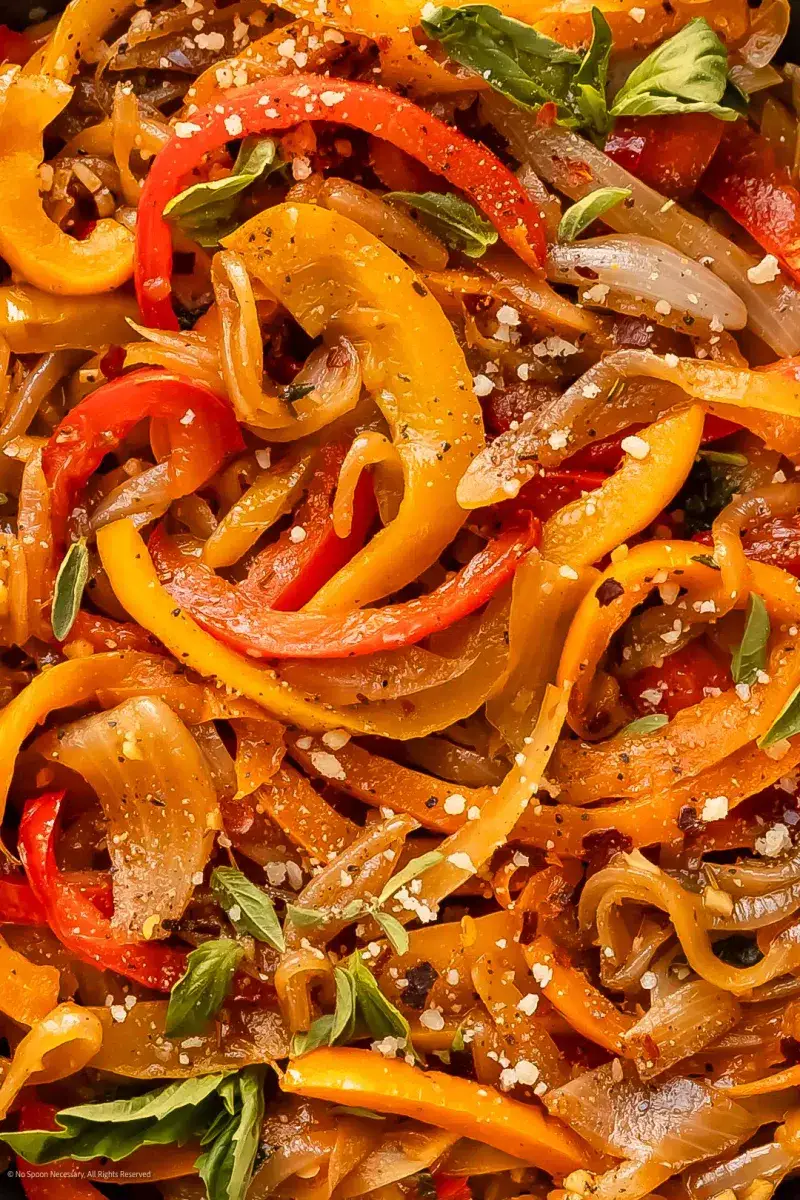
Vitamin C, their hallmark nutrient, begins to degrade quickly once cooking starts—especially under intense heat or prolonged exposure. Stir-frying briefly over medium heat or consuming them raw are the best ways to retain their antioxidant load. Red peppers, being the ripest, contain the most nutrients and are particularly sensitive. Though roasting enhances flavor, it causes notable nutrient decline if not done carefully. Microwaving with minimal water can work as an alternative to frying or boiling. To maximize their benefits, keep cooking times short and temperatures moderate.
7. Mushrooms

With a spongy structure, mushrooms act like a nutrient sieve when boiled or fried in oil. This causes a marked loss of B vitamins and potassium—two key components that support nerve function and electrolyte balance. Among all methods, grilling and microwaving preserve the most antioxidants while minimizing vitamin degradation. These techniques also maintain the umami flavor that makes mushrooms a popular meat substitute. It’s best to avoid high-heat frying, which not only reduces nutrition but can also introduce unhealthy fats. Waterless cooking methods allow mushrooms to retain more texture and minerals. Their versatility makes them easy to prepare well—if the right tools are used.
8. Kale
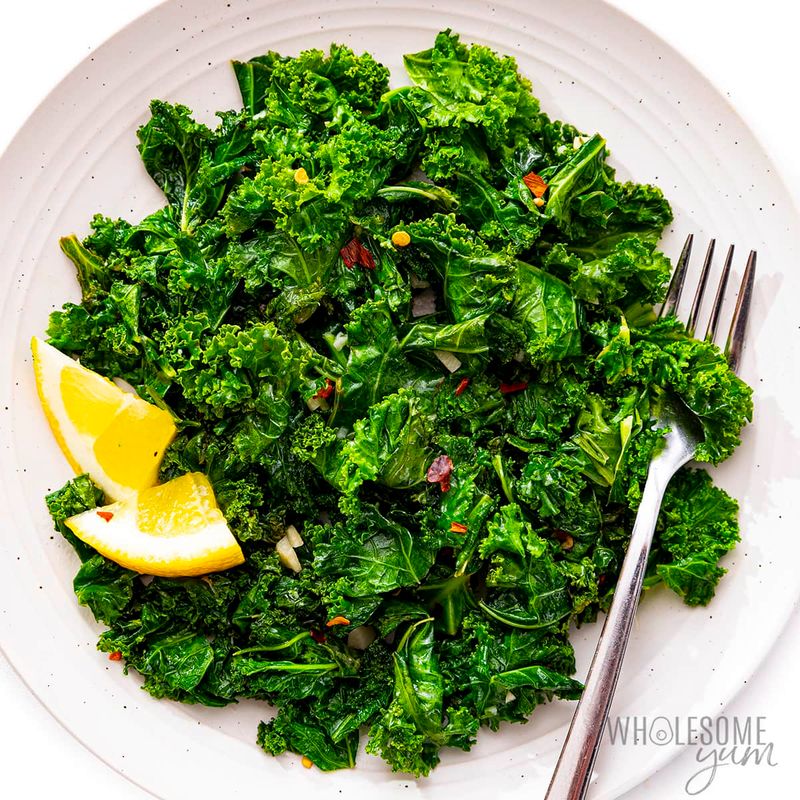
Kale is a nutritional powerhouse, packed with Vitamin C and antioxidants, but boiling can strip these nutrients. Light steaming helps reduce its bitterness while preserving its nutrients better than boiling. The right cooking method ensures kale retains its vivid green color and robust texture. This technique highlights kale’s natural flavors, making it a delicious, health-conscious choice for salads, soups, or side dishes. By steaming kale, you maximize its health benefits and culinary appeal.
9. Zucchini
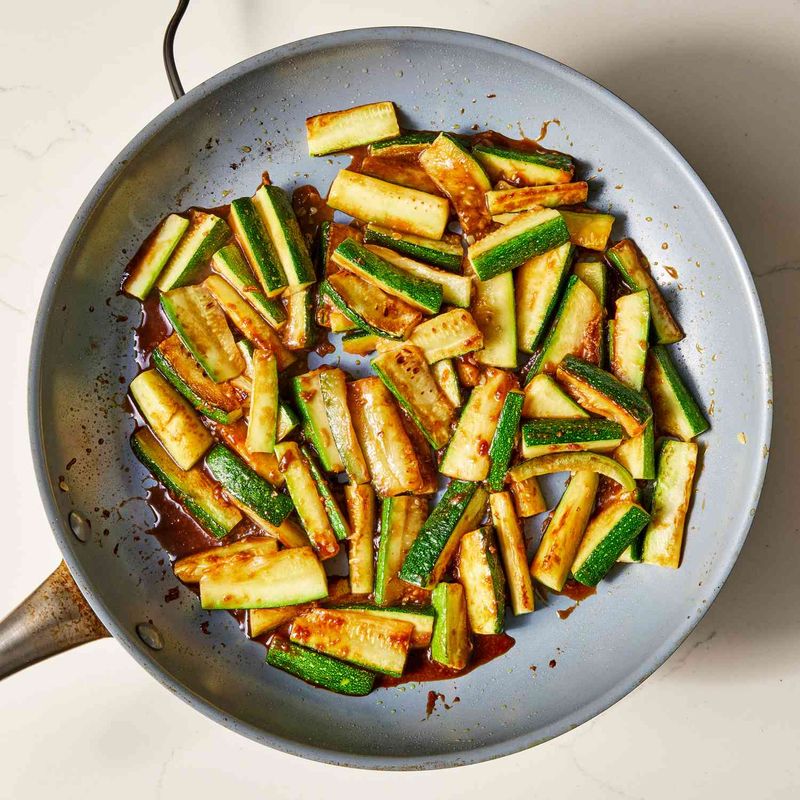
Rich in vitamin C and folate, it quickly surrenders these in water-heavy cooking environments. Stir-frying or grilling minimizes contact with water and better retains its nutritional value. Since the peel holds much of its fiber and antioxidants, it’s best not to remove it. Cutting it into larger pieces also helps reduce exposure and prevent overcooking. If baking or roasting, avoid extremely high heat for long periods.
10. Green Beans
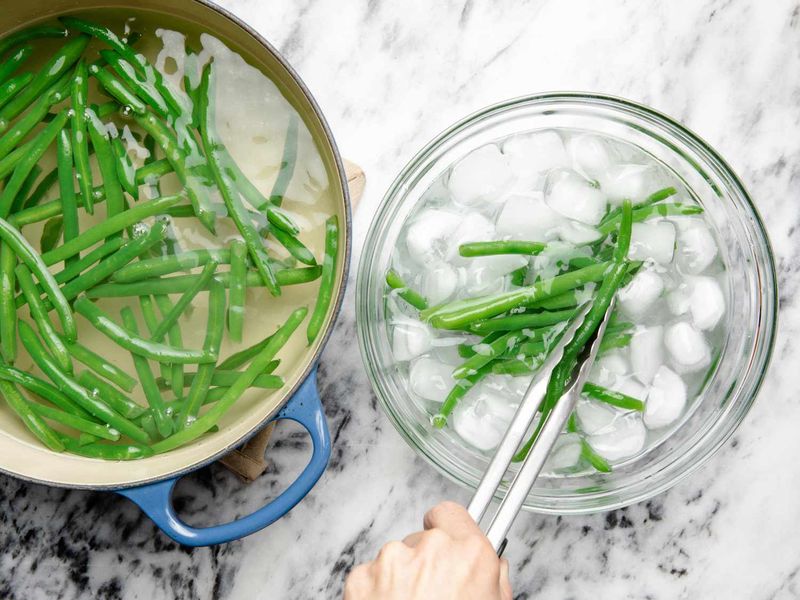
Green beans don’t respond well to aggressive cooking. Their high vitamin C content is quickly lost in boiling water, especially if cooked uncovered or for too long. Blanching in boiling water for just a minute or two and then shocking in cold water is an ideal technique. This not only retains nutrients but also enhances color and texture. Steaming is another gentle method that avoids water-soluble vitamin loss. Overcooking turns them mushy and saps their nutritional value. Maintaining crispness means keeping their nutrients largely intact.
11. Beets
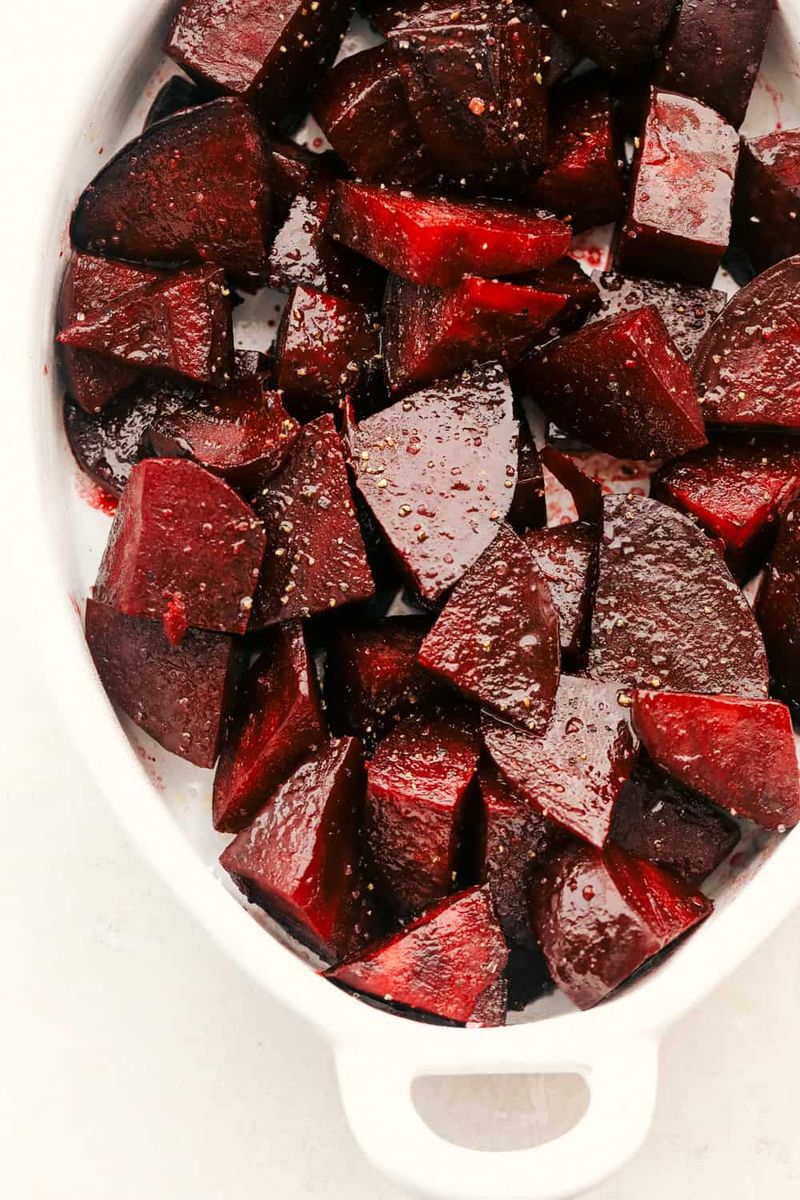
Deeply colored beets offer betalains and folate, both highly sensitive to heat and water. Long boiling times, especially in chopped form, leach out these compounds into the water. Roasting beets whole or steaming them with skin on can help preserve both flavor and nutritional content. Interestingly, raw beets in smoothies or salads deliver the full spectrum of nutrients. When cooking is required, lower heat and sealed containers like foil packets retain more value. Even reheating can lead to further loss, so it’s best to cook only what’s needed. With mindful prep, their antioxidant power remains potent.
12. Cabbage
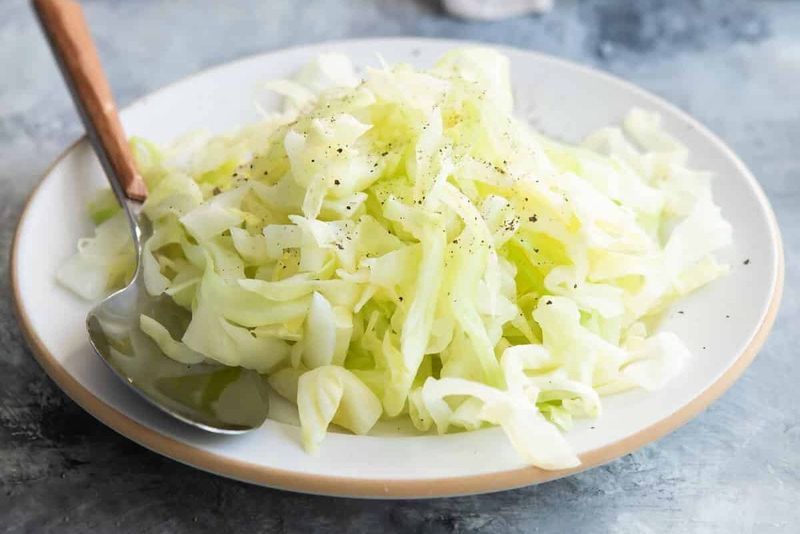
Pungent and crunchy when raw, cabbage offers impressive amounts of vitamin C and detoxifying glucosinolates. Unfortunately, boiling or over-sautéing breaks these down quickly. Light steaming or quick stir-frying keeps the integrity of both nutrients and texture. Raw preparations like slaws or fermented forms such as sauerkraut are excellent ways to retain health benefits. Even shredding it finely helps reduce cooking time, minimizing nutrient loss. Some antioxidant compounds are actually activated by light heat, but only if exposure is brief. Cabbage is best treated with respect and gentleness in the kitchen.
Leave a comment